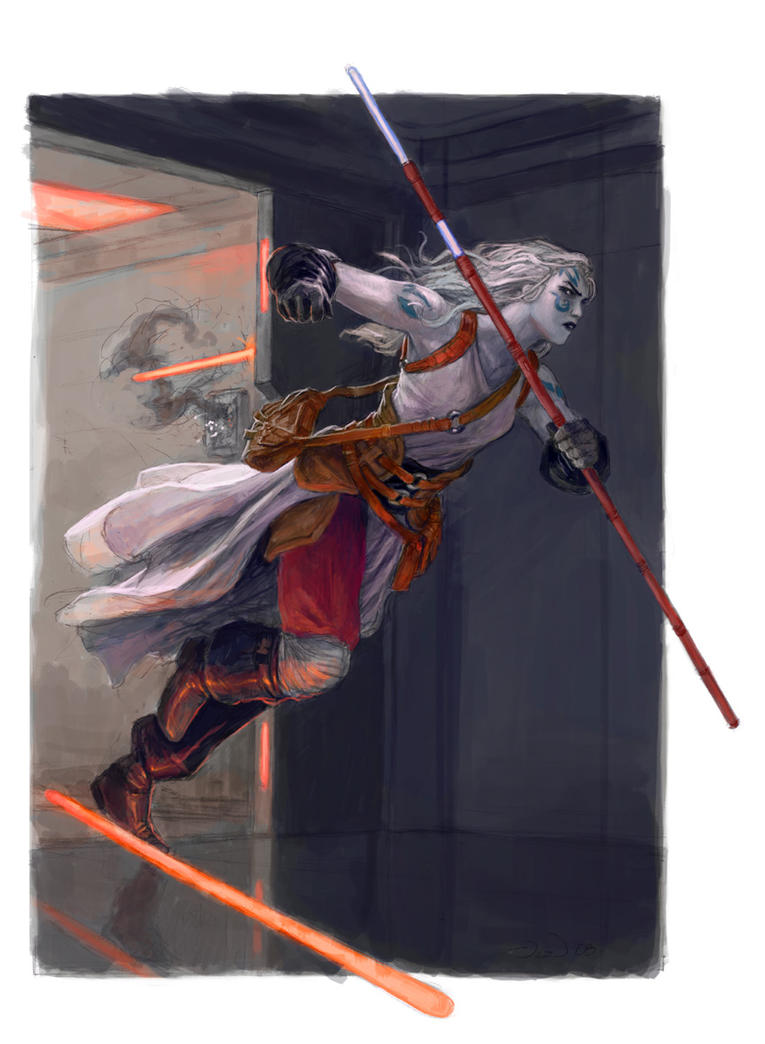 |
| Happy Easter |
This has been a weaker month for viewership, but not an especially bad one. More people continue to express interest in Psi-Wars, but I think the current structure of it is causing problems, but hopefully the new structure I'm working on in Iteration 7 will fix that. You won't see that next month, but it is in the works.
What will you see next month? Three sample Chapters of the Space Templars aka the Knights of Communion, including:
- The Dark Vigil Chapter: the secret protectors of the Keleni Temple Worlds, the gaurdians of forbidden relics of the Cult of the Mystic Tyrant, and the secret moral enforcers of a thriving criminal empire. Their chapter master, a mighty Tarvathim master, is slowly dying, and his successor was murdered in the canals of the bustling city of Maaon on the ocean world of Alhari.
- The Sentries of the Monolith: A lost chapter founded by the Traitor Revalis White, these Templars guard the Eldoth homeworld of Sepulcher, ensuring that dread race never rises again to terrorize the galaxy. Their young new chapter master seeks to initiate a crusade against the Cybernetic Union to avenge her fallen master, but factions within the chapter fret about her use of forbidden technologies and her openly heretical brother.
- The Far Striders: These pilgrim-escorts already lurked on the rim of the Galaxy when the death throes of the Alexian Empire consumed that august order. Now they lurk among the population, disguised as humble beggars, continuing their good work of protecting the religious from the depredations of bandits and villains, while their missing master has left them with a quest to seek the holy relics of Isa the Exile, while his presumptive heir and ally to Nova Sabine seeks to reunite the Templars and throw their strength against the Empire.
These chapters will be as detailed as the Houses of the Alliance, including major personalities, new relics, unique martial arts or styles, and details on what virtues and styles they make use of.
Last month, the most popular posts, setting aside the Primer, were:
- The Heterodox Virtues of True Communion: One of my favorite posts as well: the Orthodox virtues ground True Communion, but these virtues make things interesting, and provide pretty neat bonuses as well!
- Templar Martial Arts: You guys have been waiting for this, no doubt. While I see the Templars as regularly using the same martial arts as the Alliance, they have their own, deeper, more powerful techniques too. The Serene Form will likely change in the future, though. I discovered the Reflective modifier for DR, which suggests that bolt deflection should be free, rather than requiring an action. I'll look into that at a later time, though.
- The Knights of Communion and their Chapters: This is really meant more as a means of understanding how to build your own chapters, similar to how my discussion of Alliance houses was meant as a way to build your own houses. If you liked this, you'll love the three chapters.
- Keleni Martial Arts: I'm not surprised that the Keleni aren't as popular as the Templars: after all, True Communion's big draw is that it lets you play not-Jedi. The Keleni just offer a background explaining the origins of Communion and a natural, go-to group for your master atop a mountain. Still, it's nice to see some of you exploring their kung fu.
- Orthodox Virtues of True Communion: Similar to Keleni martial arts, I'm not surprised that these are less popular than the Heterodox Virtues, as they're less "interesting," but nonetheless still important, and thus I'm pleased to see that you guys like them too.







